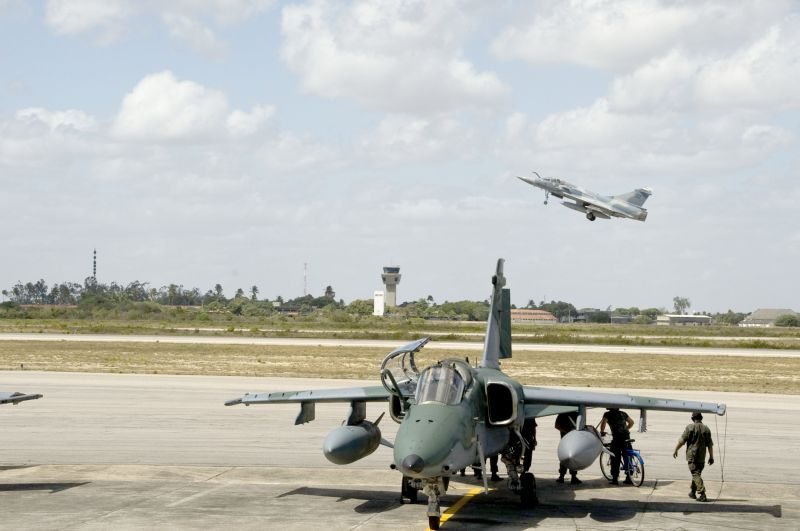Today Selex ES, a Finmeccanica company, celebrated the delivery of the 400th GRIFO radar, which is to be used by the Brazilian Air Force. The company, based out of the Lombard Aerospace District, marked the occasion with a ceremony at the Museo Nazionale della Scienza e della Tecnologia Leonardo da Vinci, in Milan, Italy.
The GRIFO avionic combat radar, was the very first to be wholly designed, developed and produced at the Selex ES site in Nerviano (near Milan). Up until the end of the Eighties the company, at that time known as FIAR, had produced only radars under licence.
The GRIFO radar represents an important commercial success for Selex ES at international level: 450 GRIFO radar systems have been so far sold, with the radar being chosen by five different Air Forces around the world; it is in operation in seven different types of aircraft; has accumulated over 150,000 hours in operational flights.
The GRIFO is a band X radar characterised by the most powerful avionic radar air cooler transmitter in the world. Its architecture allows the system to be installed in many combat aircraft and can be easily integrated with the most modern avionic suites.
“The success of the GRIFO demonstrates the vital importance of continual investment in sustaining company products” declared Fabrizio Giulianini, Chief Executive Officer of Selex ES. He added: “Thanks to this commitment, GRIFO has today begun an evolving technological roadmap for electronic scanning which will guarantee the system’s success for many other years to come.
“Nerviano represents a Centre of Excellence for the Italian avionic radar experience due to the technological capabilities, the quality and the engagement of our people working at the site. It is at Nerviano, in fact, that other radars such as the Gabbiano have also been realised. These radar systems equip aircraft, helicopters and unmanned vehicles that are in use every day by ten different international customers, such as the new Brazilian aircraft KC-390. Nerviano is also the site wherethe on-board avionics and the IRST (Infra Red Search and Track) sensors for the Eurofighter Typhoon are produced”.











